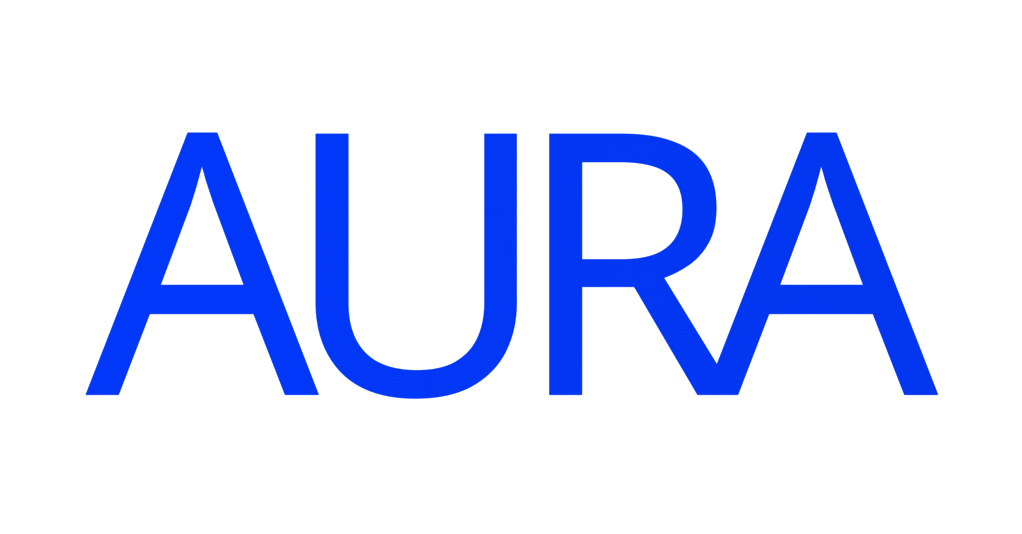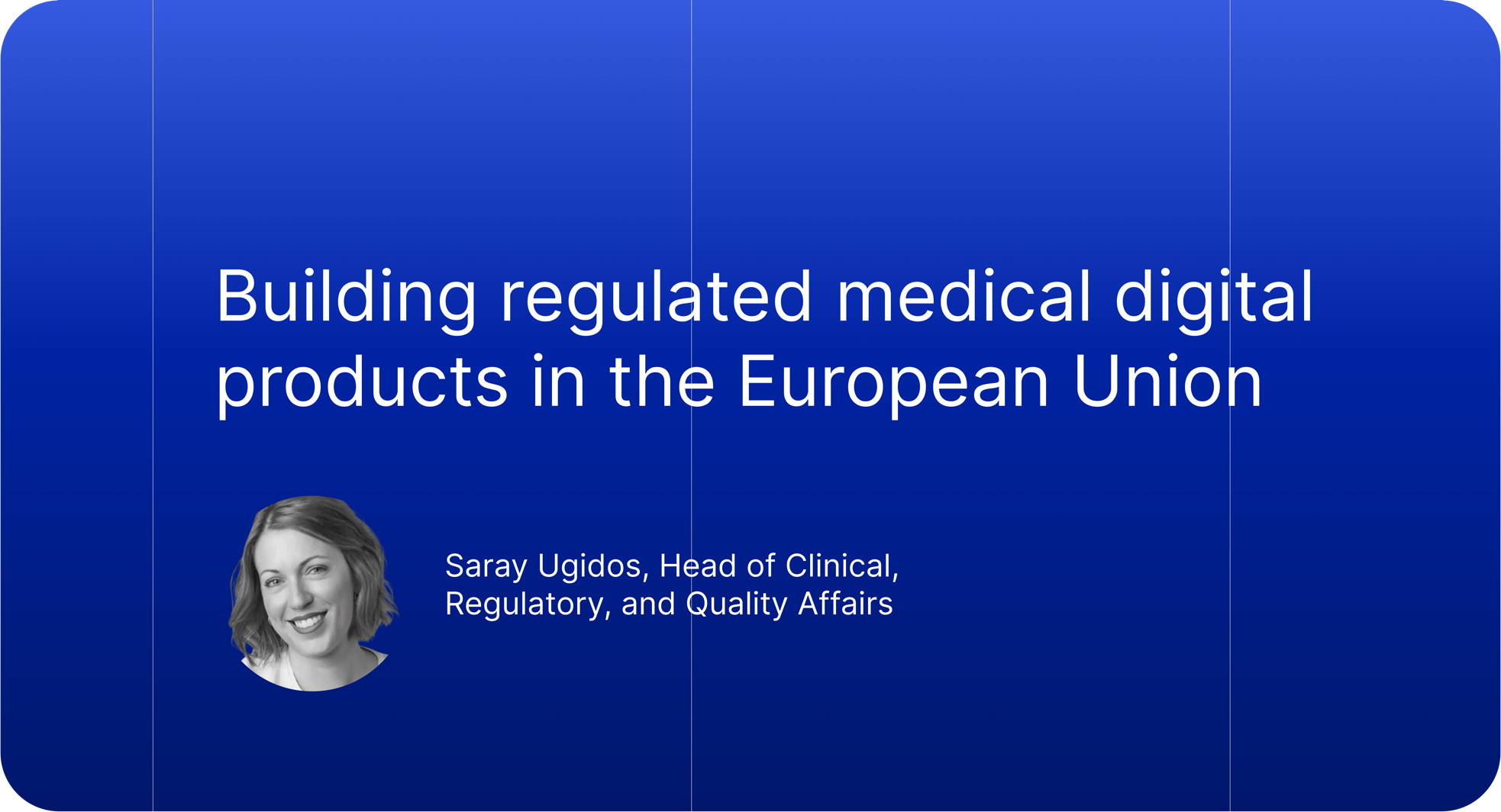With the introduction of the European Union Medical Device Regulation (EU-MDR) framework and a complete set of laws imposed throughout Europe, the MedTech sector is seeing significant changes. It sets stricter guidelines to reduce the harmful effects that potentially dangerous materials in medical equipment may have on people’s health or the environment.
MedTech companies now have to update regulatory paperwork and follow announced recommendations as a result of these restrictions. Consequently, original equipment manufacturers (OEMs) are searching for technology-based and outside delivery partners to help with document submission and offer value propositions that will speed up the release and maintenance of medical devices.
EU-MDR’s effects on MedTech
The US International Trade Commission (USITC) reports that US businesses represent the majority of medical equipment suppliers to the European market. Medical device manufacturers are facing hurdles as a result of the new EU laws, including increased costs associated with compliance, regulatory uncertainty, and potential delays in market approval.
Organizations need to check the documentation for devices that are currently on the market since the documentation process is getting stricter. As a result, there is a greater need than ever for trained experts who can assist device manufacturers in meeting compliance requirements. According to Saray Ugidos, QA/RA Specialist at Aura Health d.o.o., “these professionals play a key role in collecting information on device input, clinical studies, and risk data and bulleting all the information.”
Medical devices approved under the previous Medical Device Directive (MDD) framework are subject to the new regulatory framework. In order to comply with EU-MDR requirements, devices that are currently sold and used in the EU must go through the approval process once more. All medical devices that are now sold and used in the EU must reapply for approval because all regulatory approvals granted under the previous MDD framework will expire in less than two years. The hardest-hit manufacturers by this problem are small and medium-sized ones.
The fact that adhering to MDD does not ensure compliance with EU-MDR, which has more stringent and intricate rules in a number of areas, presents another difficulty for medical device producers.
The application and approval process under the new MDR is taking roughly twice as long as it did previously. As of April 2022, research conducted by MedTech Europe indicated that over 85% of medical devices certified under the MDD were still awaiting MDR certification, which could result in an approval bottleneck. In addition, producers stand to gain from improving quality systems and implementing new protocols for risk assessments, post-market surveillance, and record storage. It is important to implement these improvements since informed bodies will check quality management systems to guarantee data accuracy and quality, analyze product data to grant certifications, and offer remediation advice.
Increasing value in collaboration with outside partners
It is the responsibility of regulators as well as MedTech businesses to ensure compliance with EU-MDR. Efficiency gains in the process of attaining compliance can be achieved through the partnership of external parties.
“If you look at the kind of work that is being involved right now, most clients are in the maintenance phase and looking for a partner who will help them complete it in the least amount of time with the highest quality, and the OEMs don’t have sufficient expertise in-house to do these documents,” Saray Unidos said. “These partners would assist them in notified body reviews at the same time.”
The enterprise MDR from Aura Health is an end-to-end standards management solution for clinical data that includes integrated traceability and covers protocol to submission. It can help boost regulatory compliance efficiency. By producing deliverables that are ready for submission, the metadata-driven method helps to improve protocol design, study setup, data collection, and analysis.
Saray believes that it might take the industry a few years to reach a point where it can successfully and regularly follow MDR compliance.
It will be necessary to put new policies and procedures into place for the submission of documentation. To accelerate development, massive demands on evidence-generation systems will need to be extended or redesigned, requiring a high degree of skill and relationships. Having partnered with specialized knowledge in the area can help relieve the burden on internal teams and guarantee manufacturers will fulfill their duties at a lower cost.

